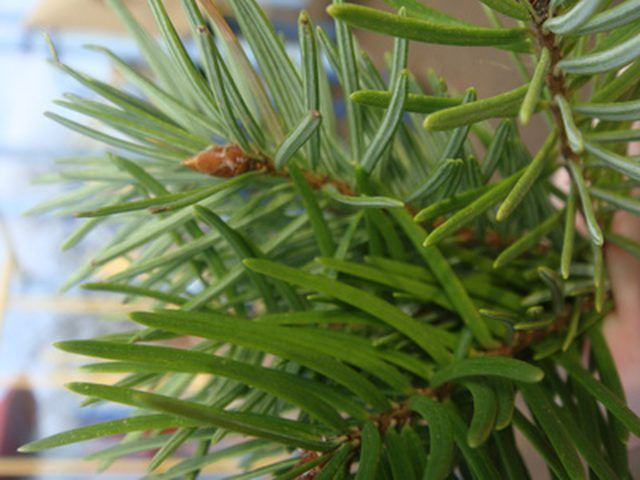Bulbs
Flower Basics
Flower Beds & Specialty Gardens
Flower Garden
Garden Furniture
Garden Gnomes
Garden Seeds
Garden Sheds
Garden Statues
Garden Tools & Supplies
Gardening Basics
Green & Organic
Groundcovers & Vines
Growing Annuals
Growing Basil
Growing Beans
Growing Berries
Growing Blueberries
Growing Cactus
Growing Corn
Growing Cotton
Growing Edibles
Growing Flowers
Growing Garlic
Growing Grapes
Growing Grass
Growing Herbs
Growing Jasmine
Growing Mint
Growing Mushrooms
Orchids
Growing Peanuts
Growing Perennials
Growing Plants
Growing Rosemary
Growing Roses
Growing Strawberries
Growing Sunflowers
Growing Thyme
Growing Tomatoes
Growing Tulips
Growing Vegetables
Herb Basics
Herb Garden
Indoor Growing
Landscaping Basics
Landscaping Patios
Landscaping Plants
Landscaping Shrubs
Landscaping Trees
Landscaping Walks & Pathways
Lawn Basics
Lawn Maintenance
Lawn Mowers
Lawn Ornaments
Lawn Planting
Lawn Tools
Outdoor Growing
Overall Landscape Planning
Pests, Weeds & Problems
Plant Basics
Rock Garden
Rose Garden
Shrubs
Soil
Specialty Gardens
Trees
Vegetable Garden
Yard Maintenance
The Best Time to Transplant Evergreens
The Best Time to Transplant Evergreens. Transplanting established evergreen trees and shrubs is risky, at best. Typically, plants removed from landscapes or native areas retain only 25 percent of their root structure. The shock of transplant is often too much for plants to recover from, according to North Dakota State University Extension.

Transplanting established evergreen trees and shrubs is risky, at best. Typically, plants removed from landscapes or native areas retain only 25 percent of their root structure. The shock of transplant is often too much for plants to recover from, according to North Dakota State University Extension.
Considerations
Before transplanting an evergreen, consider the likelihood of transplant success. The older (and larger) the plant is, the more shock it endures when transplanted. Starting with a young nursery plant is often more successful, ensuring a healthy, fast-growing plant, according to North Dakota State University.
Transplant Time
The best time to transplant evergreens is in the spring, after the ground has thawed but before new growth appears. Late summer to early fall is also acceptable, providing the evergreen has time to establish roots and take up water before the ground freezes. Late spring and early summer, when rapid new growth is emerging, are the least successful times for transplanting.
Transplant Care
After transplanting, water evergreens regularly to help them recover from transplant shock. A 2- to 4-inch layer of mulch applied at the base of the tree minimizes weed growth and moisture loss, according to University of Wisconsin Extension. Protection from high winds and good soil moisture also help the evergreen recover.